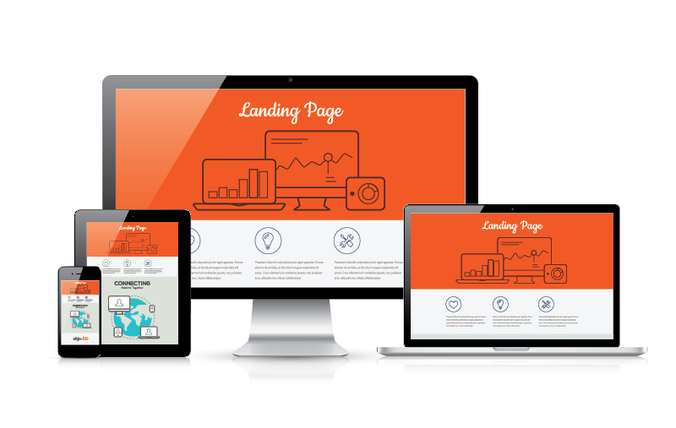
In this Internet age, your website is critically important. Chances are, your site may be the one place your customers are initially introduced to your business. The more professional-looking your website, the greater the chances you’ll have to form a good first impression. In the old dial-up Internet days, you needed a web tech guru to build a great looking website. No longer. Thanks to WordPress, with its free, open-source content management system (CMS), creating a professional looking website is fast and easy.
A Powerful Tool Still Under Utilized
WordPress remains one of the most powerful CMS tools available. Self-hosted WordPress sites now power nearly one-fifth of the Internet. From its early roots as a simple blogging system, WordPress has emerged as a powerful tool with a long list of features and capabilities. Regrettably, many website owners fail to fully exploit the full power of WordPress in maintaining a successful blog.
Leveraging the Flexibility of User Roles
WordPress includes five user roles that let you create content that is both simple and organized. Four of the five user roles are designed to improve the efficiency of content production. These include:
- Contributor – This person can create and edit individual blog posts but is not allowed to publish them. They can save their posts as drafts or mark them as ‘Pending’ for review by an administrator or editor.
- Author – This person can create, edit and publish their own posts, but is not allowed to edit or change the posts of other users.
- Editor – This person can create, edit or publish their own posts but retains the power to access all other users’ posts.
- Administrator – This person has total site access with full control over posts for all users and over all aspects of the WordPress site beyond blogging.
Using Status and Scheduling
It’s important to use the flexibility WordPress to the fullest. For example, a feature called Post Status lets you write a blog without having to publish it for public viewing. You can save a post as a draft and return to it later for edits and upgrades. You can also save a post with a pending status. This lets you identify it for subsequent editorial review. This is a great feature for brainstorming, especially when you run into an interesting idea for a blog topic. As your research for the blog post builds, you can make raw notes and save them as a draft. You should also take advantage of a feature called Post Scheduling. This lets you schedule out the posts you expect to publish whenever it’s appropriate to do so. For example, you can create 10 posts and schedule them for publication once a day or once a week.
Create a Customized Theme
Here’s where you can make your website really stand out from the rest. In addition to a full selection of free site themes, WordPress offers a number of premium themes you can buy. The goal here is to create a theme that matches or at least dovetails with your brand and marketing collateral. If you’re not artistically inclined, pay a web designer to create a custom WordPress website.
Create a Mobile-Friendly Site
There’s no denying that smartphones and tablets are increasingly being used around the world. Optimizing your website for these devices enhances your web ranking and speeds customers to access your site. Just make sure you pick a theme that’s designed to be responsive to mobile screens.



















